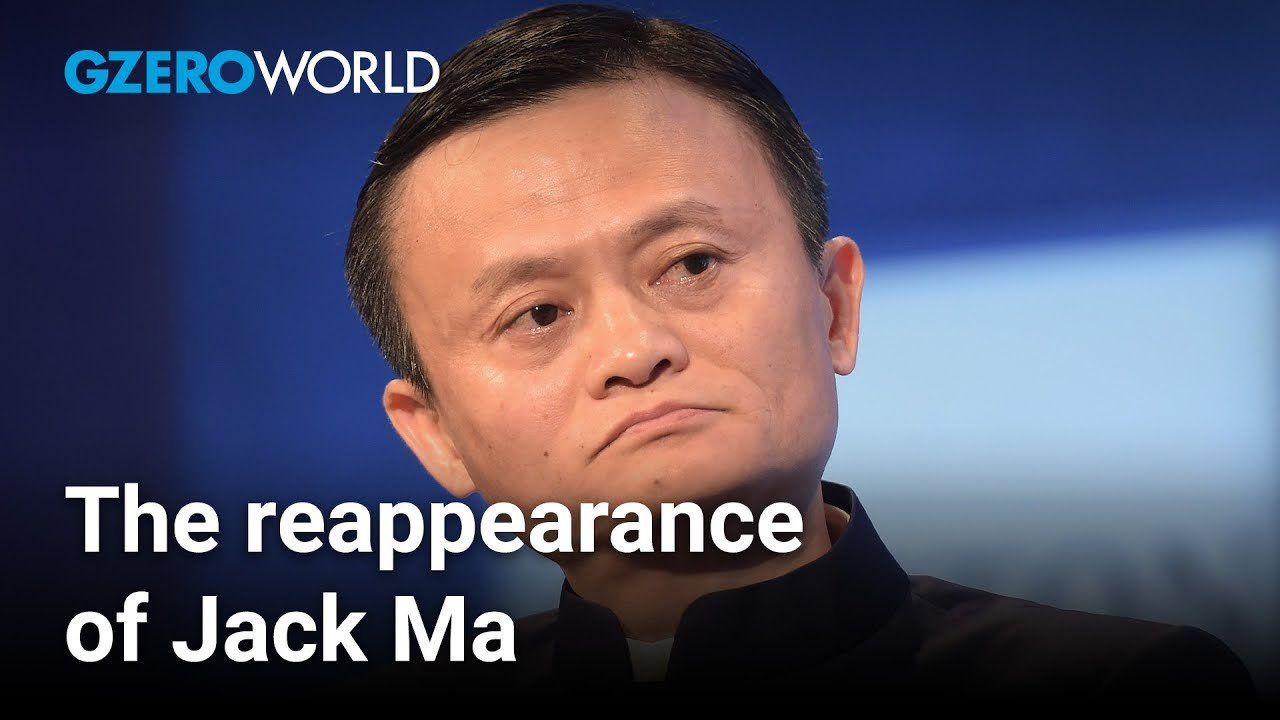
Jack Ma, the billionaire founder of tech giant Alibaba, was once synonymous with entrepreneurship in China. But in 2020, he disappeared from public view after criticizing the country’s financial system amid President Xi Jinping’s crackdown on the tech sector. Recently, however, it seems Jack Ma may be back in the Communist party’s good graces. On GZERO World, Ian Bremmer spoke with China analyst and Sinocism author Bill Bishop about the meaning behind Ma’s apparent reemergence and rehabilitation. He appeared alongside Xi at a symposium for business leaders in February, an indication that the Chinese president is trying to engage with the private sector as he works to revive China’s sluggish economy. But is this a fundamental realignment of Xi’s priorities or a temporary reprieve?
“I don't think there's a lot of people who believe that the Communist Party changed its view of private business, which is they're there to be harnessed and managed and controlled,” Bishop explains “But they understand that they need people like Jack Ma, they're not just the best entrepreneurs in China, they're some of the best entrepreneurs in the world.”
Watch full episode: China’s next move
GZERO World with Ian Bremmer, the award-winning weekly global affairs series, airs nationwide on US public television stations (check local listings).
New digital episodes of GZERO World are released every Monday on YouTube. Don't miss an episode: subscribe to GZERO's YouTube channel and turn on notifications (🔔).GZERO World with Ian Bremmer airs on US public television weekly - check local listings.